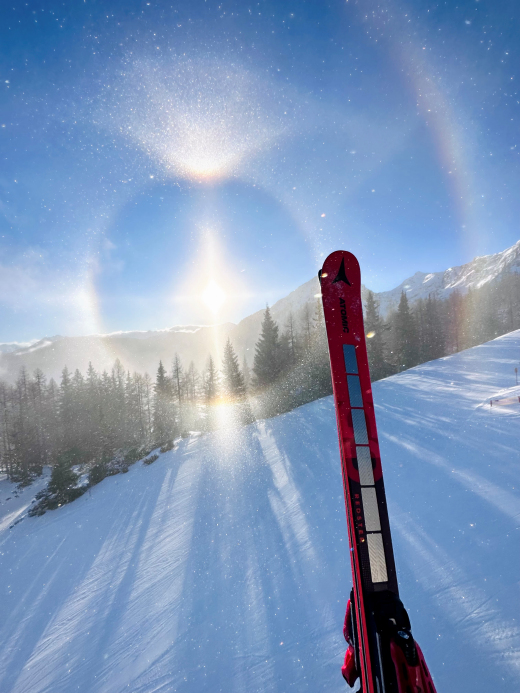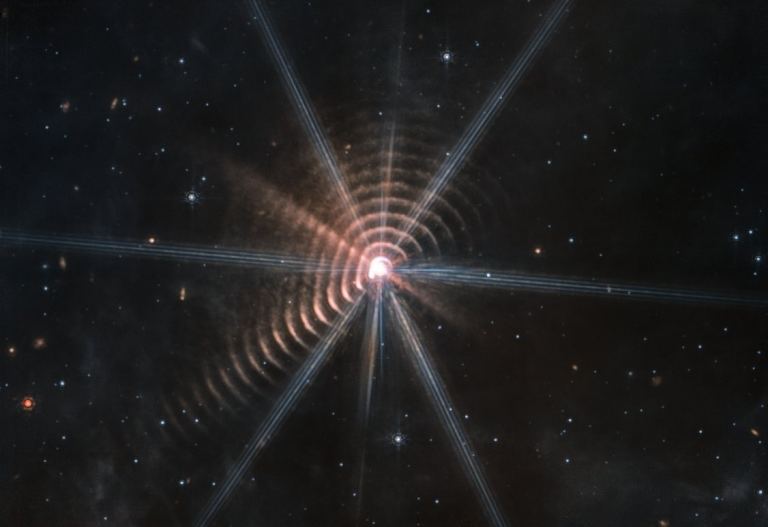#JulianAssange talking about an #intelligent #evil #dust before his live feed was cut off. Something to be #aware of.
#Assange
Source: https://youtube.com/watch?v=oVpAj9ehHGA
One person like that
7 Comments
#JulianAssange talking about an #intelligent #evil #dust before his live feed was cut off. Something to be #aware of.
#Assange
Source: https://youtube.com/watch?v=oVpAj9ehHGA



Julian #Assange's #last word's #Intelligent #Evil #Dust, it's #everywhere in #everything(22:06)
#7 yrs ago
Source: https://youtube.com/watch?v=2f86YalQR9g
#JulianAssange’s last word’s Intelligent Evil Dust, it’s everywhere in everythin


#DIAMOND #DUST #SKI #HALO: Ski resorts are great places to see sun halos--rings of light that surround the sun when ice crystals fill the air. Spaceweather.com reader Christian Schartner was skiing at Reiteralm ski resort in #Austria this morning when he witnessed this specimen:
" #Winter has finally returned to Austria," says Schartner. "Today, I skied at -10°C. Several nearby snow cannons created sparkling #crystals, creating the perfect conditions for 'ski halos.'"
Snow cannons were key to this display. Ordinary sun halos are caused by ice crystals forming naturally in high cirrus clouds. Snow making machines create a spcial type of crystal called "diamond dust." These man-made crystals tend to be more optically perfect than natural crystals in clouds, producing extra-bright, extra-sharp halos.
A close look at Schartner's picture shows specks of light in the air. Those are the glittering crystals of diamond dust which make ski halos so beautiful.
https://spaceweather.com/

♲ Dr. Alexandre Santerne 🌍 - 2022-11-24 06:00:30 GMT
Today's #APOD #picture is Linds dark #nebula 1251. No, this is not a Sith's nebula !
Unlike "normal" ones, dark nebulas have a high concentration in #dust, which blocks the #light from background objects. There are several reasons why some nebulas are dusty as outlined on the link below.
Lynds Dark Nebula 1251
Image Credit & Copyright: Stefano AttalientiRead more: https://apod.nasa.gov/apod/ap221124.html



August, an early release image from the James Webb #Space #Telescope revealed a #bizarre sight: as many as 17 #concentric #rings encircling a #binary #star #system, called #Wolf-Rayet 140. Was it a #spiral #nebula, an alien megastructure or just an optical illusion?
Nope, I don't know what this is. Some kind of spiral nebula around WR140. I'm sure we'll find out more later.
h/t to @yuvharpaz & @JWSTPhotoBot pic.twitter.com/ukenoIXrnj
— Judy Schmidt (@SpaceGeck) August 29, 2022
The answer, revealed today, is #dust. A new paper published in Nature Astronomy explains how stellar winds in this odd binary system blasts dust into near-perfect concentric circles every time the two stars come close to each other in their eccentric orbits.
https://www.universetoday.com/